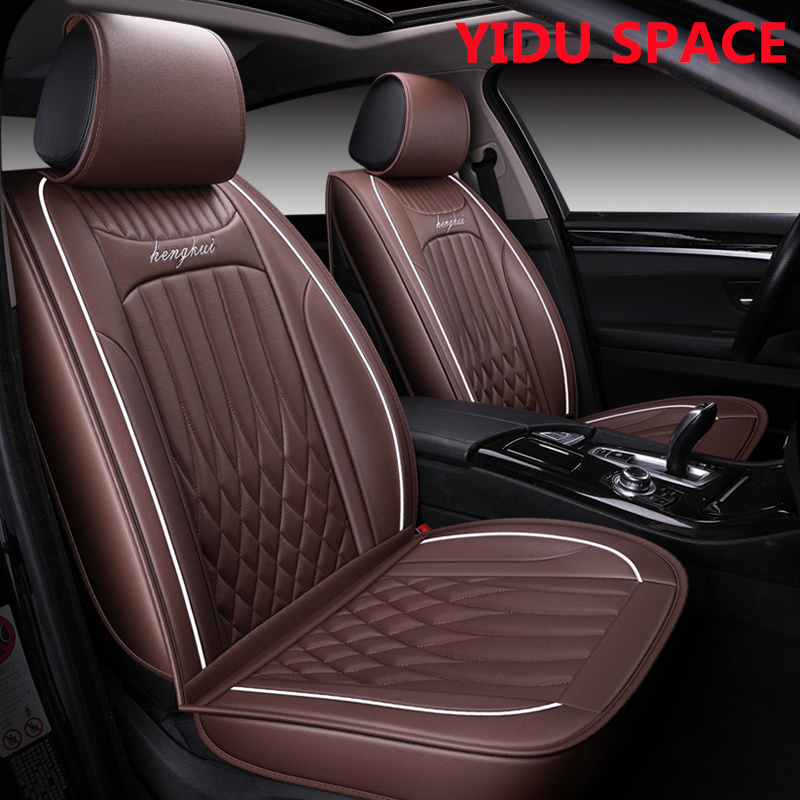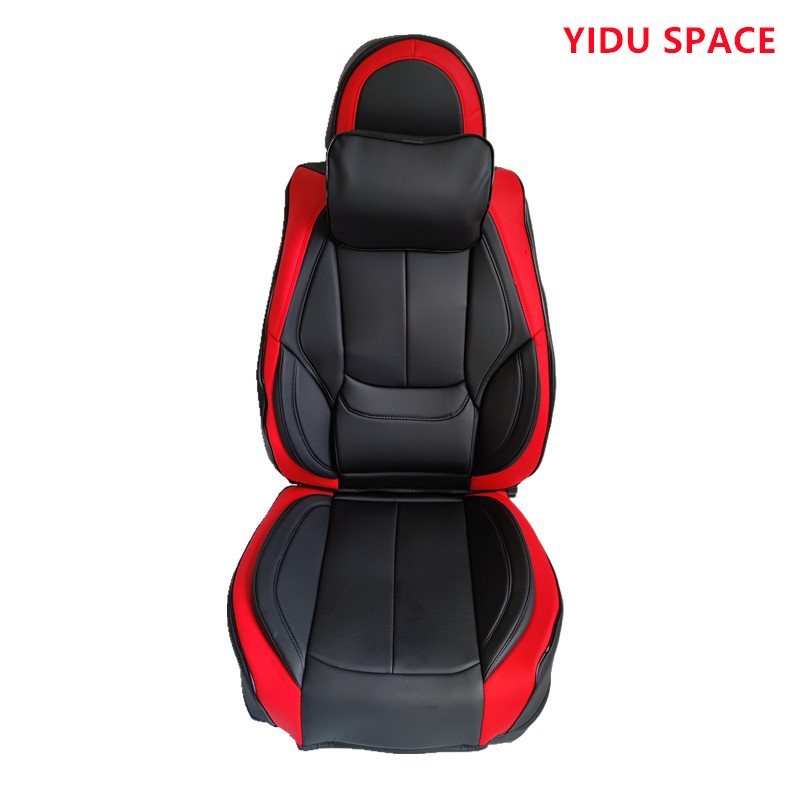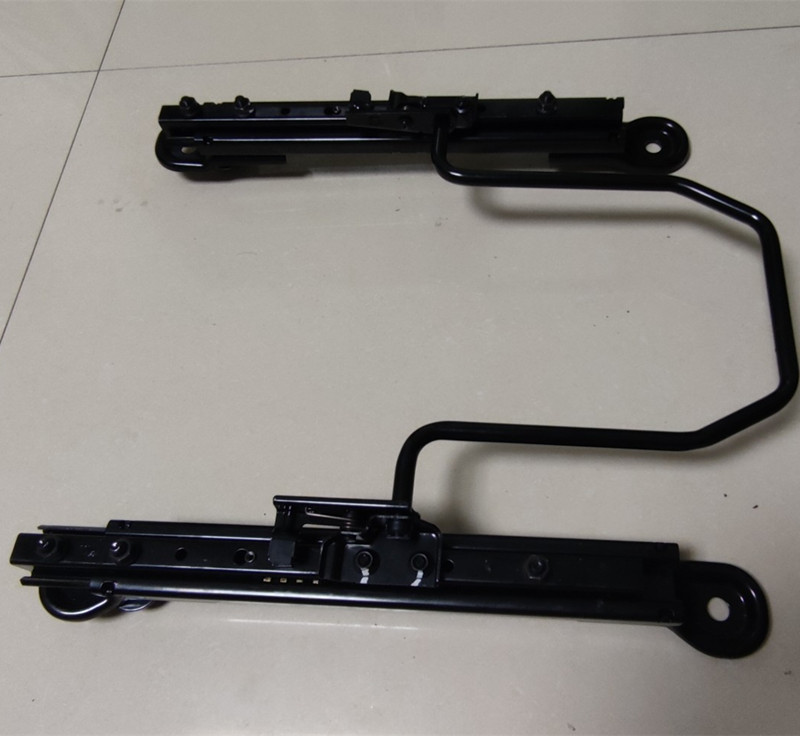Introduction and Functions of MPV Seats
Introduction and Functions of MPV Seats
MPV seats are the core competitive edge of this type of vehicle. Their design centers on comfort, flexibility, and safety. Especially in 2025, with significant technological upgrades, high-end features are becoming more accessible in mid-to-low-end models. Below is a detailed introduction from the dimensions of layout, material, function, and safety:
I. Seat Layout: Flexible and Versatile to Meet Diverse Needs
MPV seats come in a variety of layouts, with the mainstream options including:
- 2+2+2 (6-seat): Each row consists of independent seats, suitable for high-end business trips or family outings. The second row is often equipped with aviation-style seats, and the comfort of the third row has been significantly improved.
- 2+2+3 (7-seat): A classic layout where the independent seats in the second row support multi-directional adjustment. The middle aisle facilitates access to the third row, balancing passenger capacity and practicality.
- 2+2+3 (7-seat): The bench seats in the second row can be folded down or removed, offering excellent spatial flexibility and suitability for switching between multiple scenarios.
- 2+3+3 (8-seat): Commonly used in full-size MPVs, it has strong passenger capacity but slightly less space in the third row. For example, some domestic models adopt this layout.
Some models also support seat rotation, side sliding, and even one-click linkage, further enhancing space utilization.
II. Materials and Craftsmanship: Balancing High-End Quality and Environmental Friendliness
1. Material Selection
- Nappa Leather: Features a delicate touch and strong breathability. Its surface undergoes anti-fouling treatment, ensuring high durability.
- Baby-Skin-Level Eco-Friendly Material: Certified by OEKO-TEX 100, it is odorless and low-allergenic.
- Composite Structure: Adopts a three-layer design of breathable mesh + memory foam + high-elastic sponge, balancing breathability and support.
2. Craftsmanship Details
- Laser Drilling: Enhances breathability.
- Seamless Splicing: Reduces friction points and improves durability.
- Tanning Technology Homologous to Rolls-Royce: Reduces benzene compound residues, offering outstanding environmental performance.
III. Comfort Functions: Technology Empowers an Ultimate Experience
1. Adjustment Functions
- Multi-Directional Electric Adjustment: Mainstream models support 12-16 directions of adjustment, covering lumbar support, leg rests, and headrests. Some high-end models also support a zero-gravity mode, which significantly reduces spinal pressure.
- Intelligent Linkage: The "Shadow Follow" function can automatically adjust the seat state according to the passenger's seating position.
2. Health-Care Technology
- Massage System: Ranges from basic 8-point massage to 24-point SPA-level massage, supporting adjustment of multiple parts and intensity levels.
- Ventilation/Heating: 3-level temperature control is common, and some models come with full-series standard ventilation/heating, with heating coverage from the neck to the legs.
- Zero-Gravity Design: Simulates the state of weightlessness in space through air pressure adjustment. With the one-click zero-gravity mode, lumbar pressure during long-distance travel is reduced by 27%.
3. Detail Optimization
- Aviation Headrest: Supports 6-directional electric adjustment and memory function, increasing the neck support area by 40%.
- Leg Rests/Foot Rests: Some models support electric extension, which, when combined with extra-long seat cushions, enhances leg comfort.
IV. Safety Configurations: Full-Scenario Protection System
1. Structural Safety
- High-Strength Frame: Made of high-strength steel, it effectively disperses impact force in case of a collision.
- Side Air Curtain Coverage: Three-row through-type side air curtains have become a standard configuration, with a length of up to 3387mm.
2. Child Safety
- ISOFIX Interface: Covers the second and third rows, with clear markings and support for rigid connection.
- Exclusive Design: The L-shaped headrest can be extended vertically to provide better head support. Some models are equipped with anti-pinch electric small tables.
3. Special Needs
- Welfare Seats: Became a standard configuration for medium and large MPVs in 2025. They support electric rotation and translation, with a load-bearing capacity of 300kg, and are compatible with the original vehicle frame. The legroom retention rate in the rear row reaches 95% when the seat is rotated.
V. Spatial Flexibility: One-Click Switch Between Multi-Scenario Modes
- Third-Row Folding: Supports 4/6 split folding or full flat folding, forming a completely flat space with the trunk. When combined with an air mattress, it can be quickly transformed into a resting area.
- Seat Sliding/Rotation: The second-row seats can slide horizontally to form a 20cm central aisle. When rotated 180 degrees, passengers in the second row can communicate face-to-face with those in the third row.
VI. Technological Trends: Popularization of Luxury Configurations and Intelligent Upgrades
In 2025, MPV seats show two major trends:
1. Popularization of High-End Technology: Configurations such as silent foam homologous to the Audi A8L and headrests of the same style as the Mercedes-Benz S-Class have been adopted in models priced around 100,000 RMB.
2. Intelligent Integration: Seats are deeply linked with the vehicle machine system. The zero-gravity seats in the aisle version can automatically adjust the angle according to the posture of the front-row seats. Models supported by Huawei enable voice control of seat functions.
Summary
The design of MPV seats has evolved from "meeting seating needs" to "creating an experience". Through multi-dimensional innovation, they provide users with comfortable, safe, and flexible travel solutions. Whether for family outings or business receptions, MPV seats, with technology as the link, are redefining the value of mobile space.





